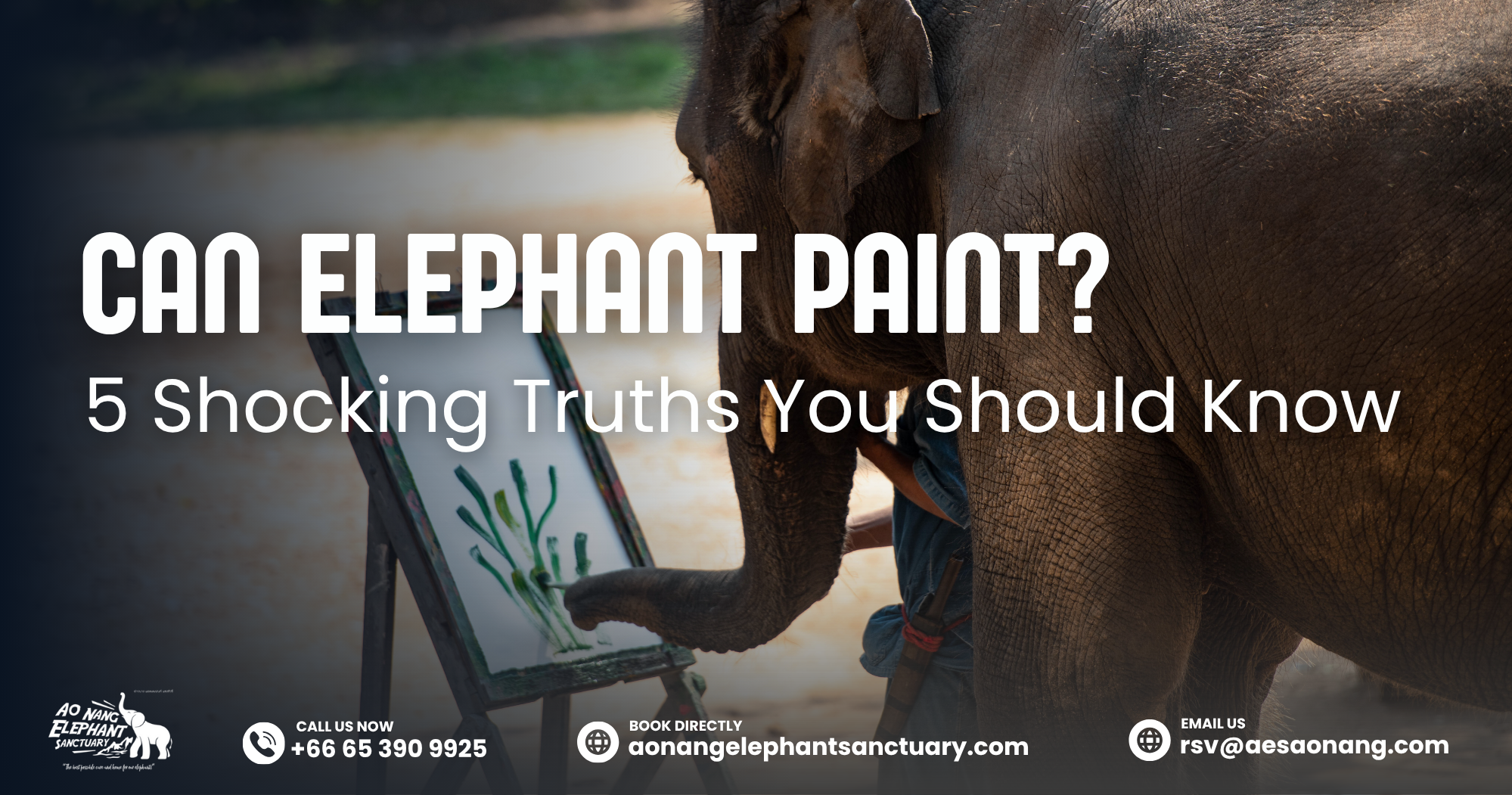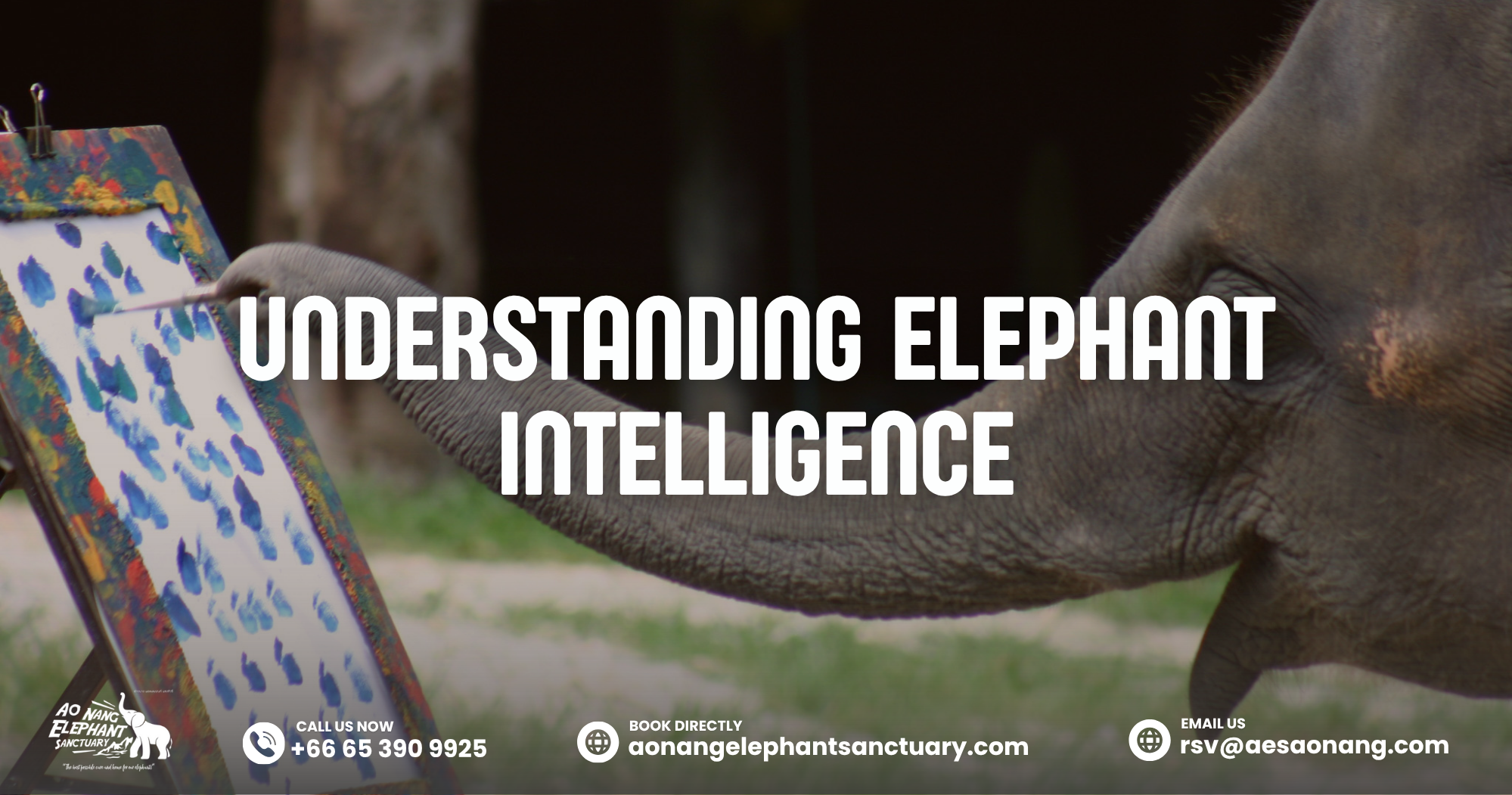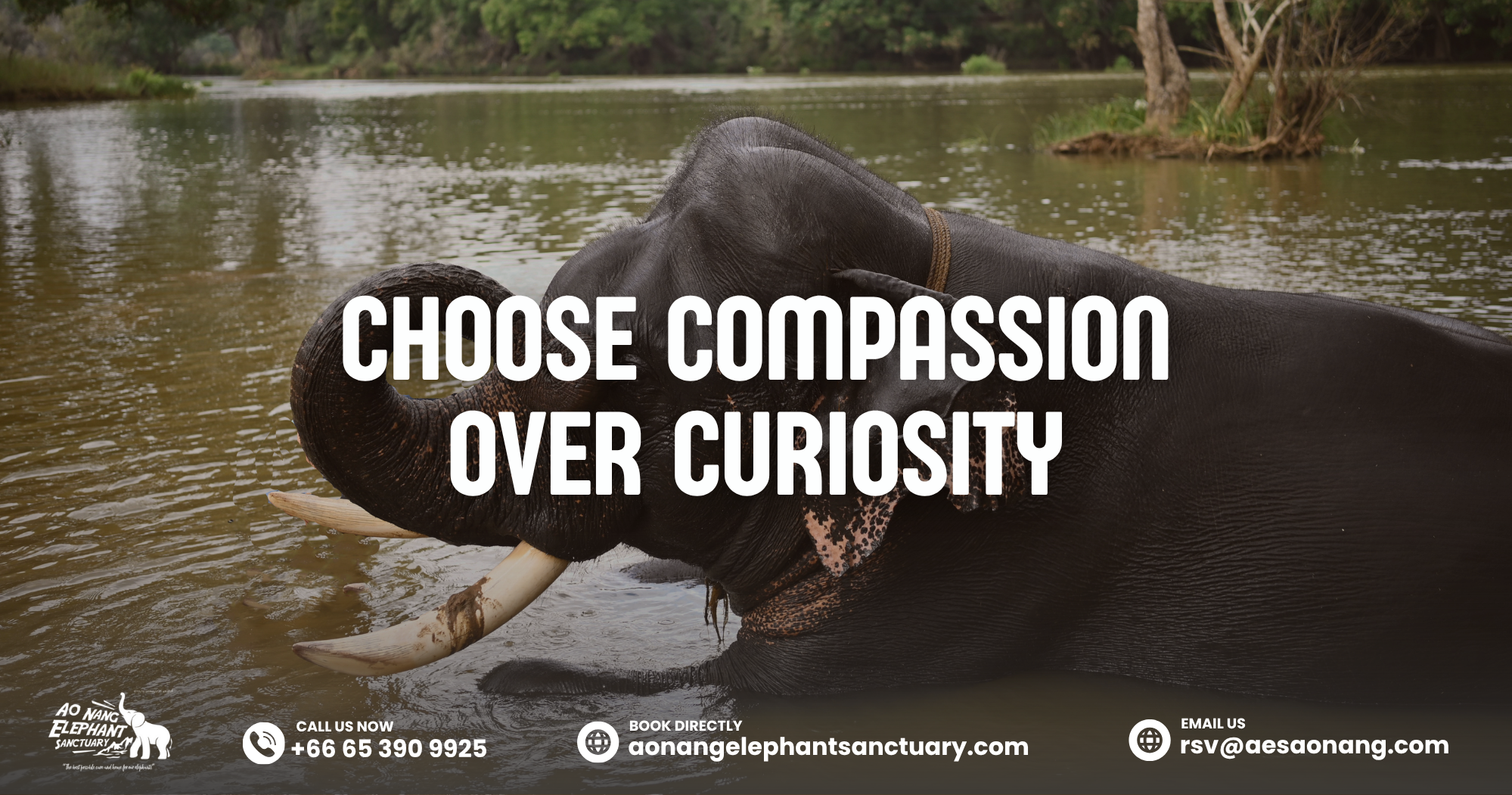Can Elephant Paint? For a long time, tourists have been amazed to see elephants painting with their trunks. Some of the videos where the elephants paint flowers or self-portraits have become very popular very fast. People who watch them react with both admiration and questions. But is this “talent” real?
Or are the elephants painting only if that’s what they want to do, and if not, then is it only us that are behind the canvas? Let’s find out the interesting truth about elephant painting—what the animals can do, what they are taught, and how the ambassador of the animal world assures, with the help of a careful approach, that the animals are never forced to perform.
Understanding Elephant Intelligence
Elephants are some of the most intelligent animals on the planet. Their enormous brains, complicated feelings, and close relationships are similar in number to those of dolphins and primates. For example, elephants can recognize themselves in mirrors, use tools, and even grieve their dead. It’s their natural curiosity and impressive memory that allow them to learn from humans.
The above-mentioned are just a few reasons why some individuals decided to train elephants to do similar things to human beings, such as creating art. The dexterity of their trunk allows them to hold the brush and move it on the canvas and copy the patterns they see in a photo. However, it is important to know that what seems like the “personal expressive art” is a result of the intensive training and conditioning of these elephants.
Can Elephant Paint?
In the sense of “Can they do it?” Technically, yes, elephants can paint. In fact, their trunks are very adjustable and sensitive, with more than 40,000 muscles, allowing movements to be very accurate, as in the human hand. When an elephant is given a brush, he or she can follow the stroke with amazing precision and control.
Even though this is true, the question that should be asked more often is, are animals capable of painting voluntarily and originating the idea, or are they only following the instructions?
In most traditional painting shows, the elephants are given to understand the painting task through a series of repeated training exercises. Often a mahout (elephant handler) will enable one of the verbal or physical instructions for each brushstroke. The animal may not realize the picture’s meaning, but it is simply recreating the patterns it has learned, similar to writing characters without understanding the language.
So while elephants can physically paint, it doesn’t mean they’re expressing artistic intention like humans do.
The Truth Behind Elephant Painting Shows
The elephant painting drew the interest of tourists, and it was the main idea to make it known by the world that the elephant is an intelligent animal. Nevertheless, some programs have not considered the welfare of the animals when undertaking painting projects.
Few shows rely on force through fear or dominance to train the animals. Workers use sharp tools and hooks to make elephants hold brushes or move in specific ways. Such methods have been widely condemned by animal welfare organizations.
The fact is clear: animal art practiced at the expense of animal welfare is not ethical. Although positive reinforcement techniques are claimed to be used in every program. Some still incorporate the control of the elephant through subtle means, resulting in the animal’s obedience rather than making a choice.
Can Elephants Identify Colors?
Sure, elephants are capable of telling apart colors, but their color vision is not as bright as that of humans. Scientists believe that elephants mainly see blue and yellow colors. Having said that, they are painting without seeing the color palette the way we do.
Usually, when elephants are seen picking different colors during painting sessions, it means that they have been trained to pick a certain brush when signaled. Their choice is not necessarily of beauty but is a learned behavior. However, it still doesn’t lessen their intelligence, as elephant painting is a trained activity, not a natural one.
How Do Elephants Learn To Paint?
To train elephants to paint, the practice of repetition for weeks or months is needed. A mahout shows the animal how to hold the brush; it is dipped into paint, and then the strokes are applied on a canvas. Gradually, leading the elephant to make shapes that people can recognize—flowers, trees, or abstract lines.
The most significant element in this case is how the training is done. If it is based on force or discomfort, then it is unethical and stressful for the animal. Ethical sanctuaries, on the other hand, never allow events like these. Instead, they allow elephants to express themselves naturally—by interacting with mud, dust, water, and their environment—without human interference or performance expectations.
Is Elephant Painting Cruel?
Not all painting experiences are entirely inhuman. However, the majority of commercial painting shows are loathsome. As elephants are forced to operate in concerts on a continuous basis, their mental and physical health is impacted negatively. The constant handling, bright lights, noise, and repetition of the same routine might lead to the development of anxiety and exhaustion.
Sanctuaries for ethical elephants: Krabi and Phuket are against any form of animal performance. They concentrate on education, conservation, and welfare. Animals in such facilities can be observed going about their normal habits. For instance, bathing, foraging, and socializing without being forced to perform for the visitors.
The Science Behind Elephant Creativity
Elephants don’t paint; however, they can show their creative side in several ways. In nature, elephants apply their knowledge by using branches as auxiliary tools. They rearrange things to satisfy their curiosity and even play games with water or mud. What is happening here is that the emotions bound up with the practice of intelligence are revealed rather than the artist’s intention.
Playing always has turned out to be the trend among scientists observing elephants’ “play” behaviors—they do the act of picking up sticks or drawing patterns on the sand not because they are told to, but because they like it. That’s exactly the kind of creativity sanctuaries want to bring up: spontaneous, happy, and absolutely free of the need to satisfy anyone’s expectation.
Choose Compassion Over Curiosity
Well, can elephant paint? Yes—but it’s not what we think of. Though they can be instructed to carry brushes and imitate the movements, painting doesn’t become one of their outlets of creativity or joy. What elephants without a doubt desired the most is freedom, space, and fellow feeling.
At Ao Nang Elephant Sanctuary, elephants are never coerced into doing shows. On the other hand, they receive good care, are well respected, and have the option to live in their natural way. Visitors are still open to unique moments with these gentle giants, such as feeding, walking beside, and learning from them, all of which can be done in a non-exploitative manner.
When you support sanctuaries that say no to elephant painting, you not only make an ethical travel decision but also help save one of the earth’s most intelligent and emotional species.
Visit Ao Nang Elephant Sanctuary and discover the beauty of elephants in their truest, most natural form.
Reserve your spot now to get a chance to meet Asian elephants!
- Phone: +66 65 390 9925
- Email: [email protected]
- Book directly at aonangelephantsanctuary.com




